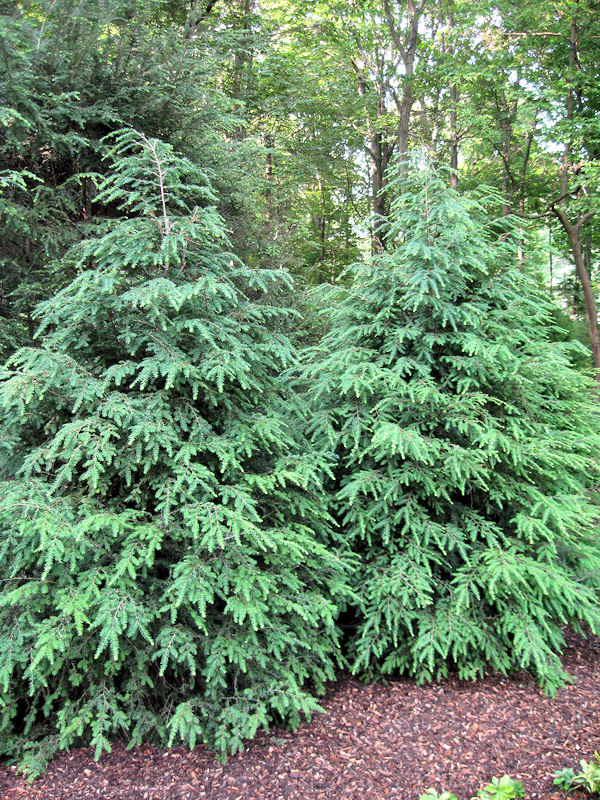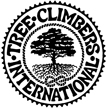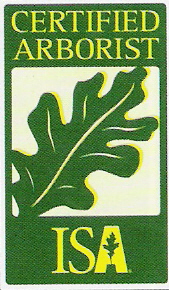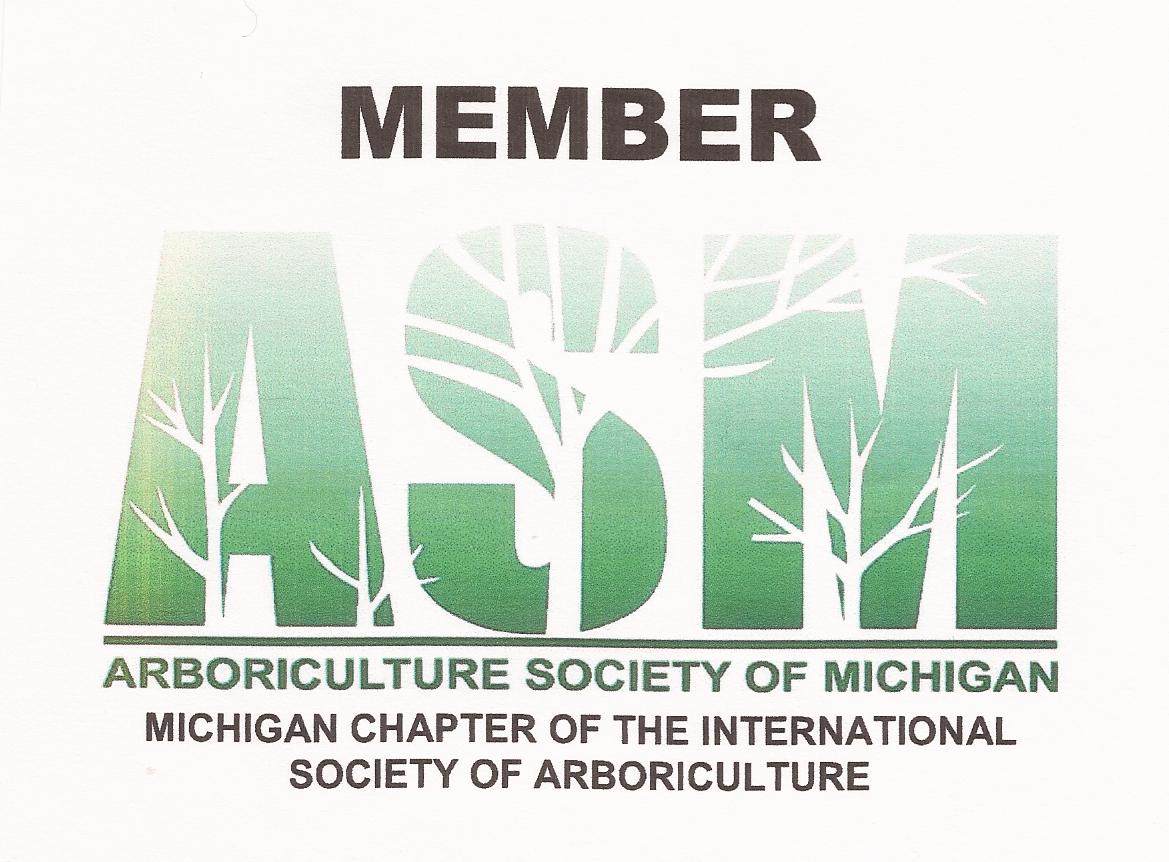Hemlock Woolly Adelgid
Adelges tsugae
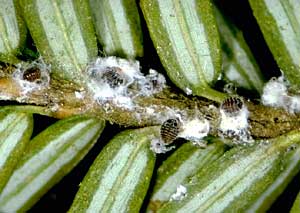
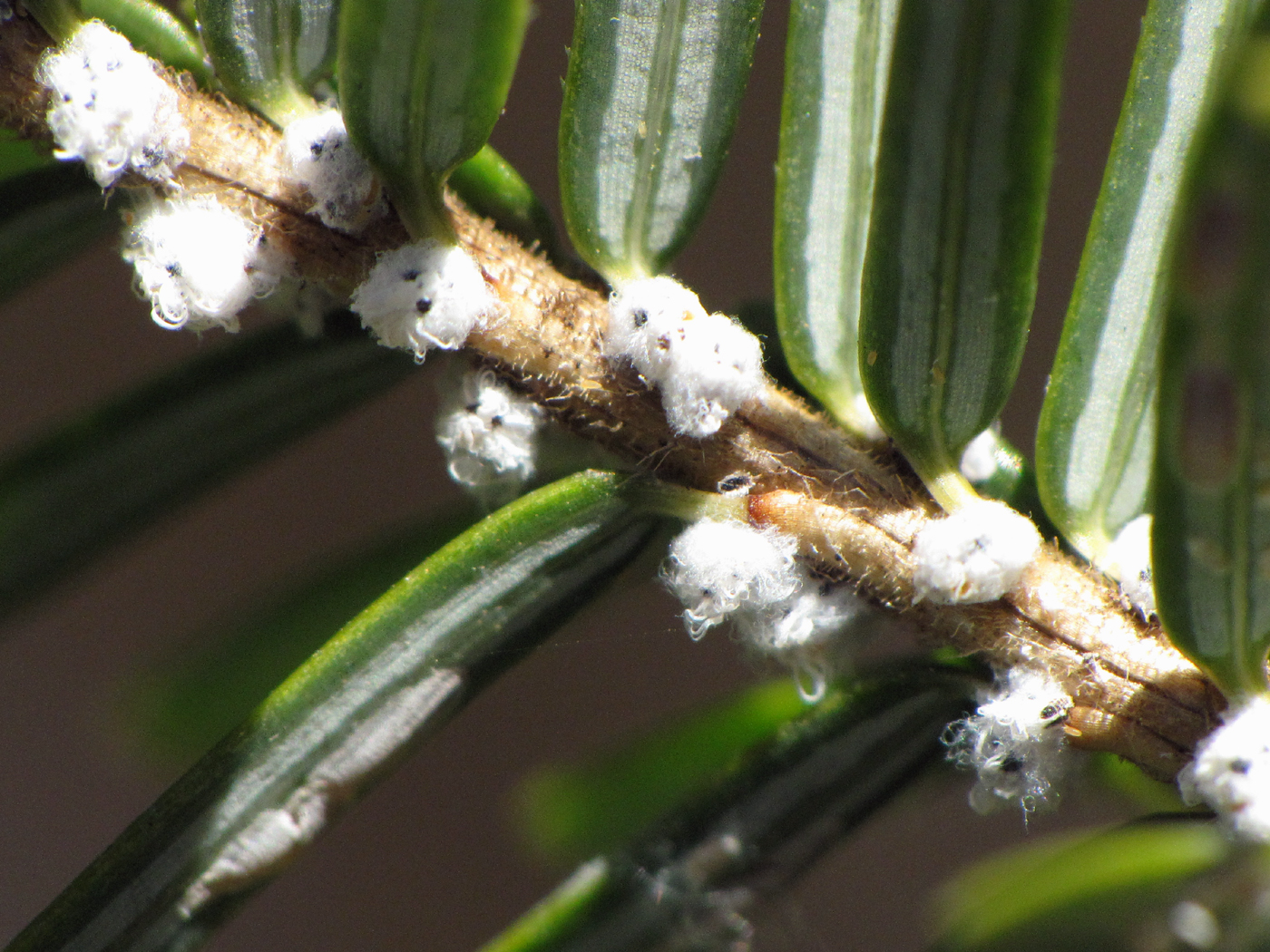
The Hemlock Woolly Adelgid was first discover in North America in British Columbia 1922, Oregon 1924, and Virginia 1951. It now can be found in the United States from Georgia north to Maine and west to Minnesota. It is also in California and Alaska. Michigan has been infested - below is a current map of infestations in Michigan. There may be other infestations in Michigan, but they have not been discovered or reported.
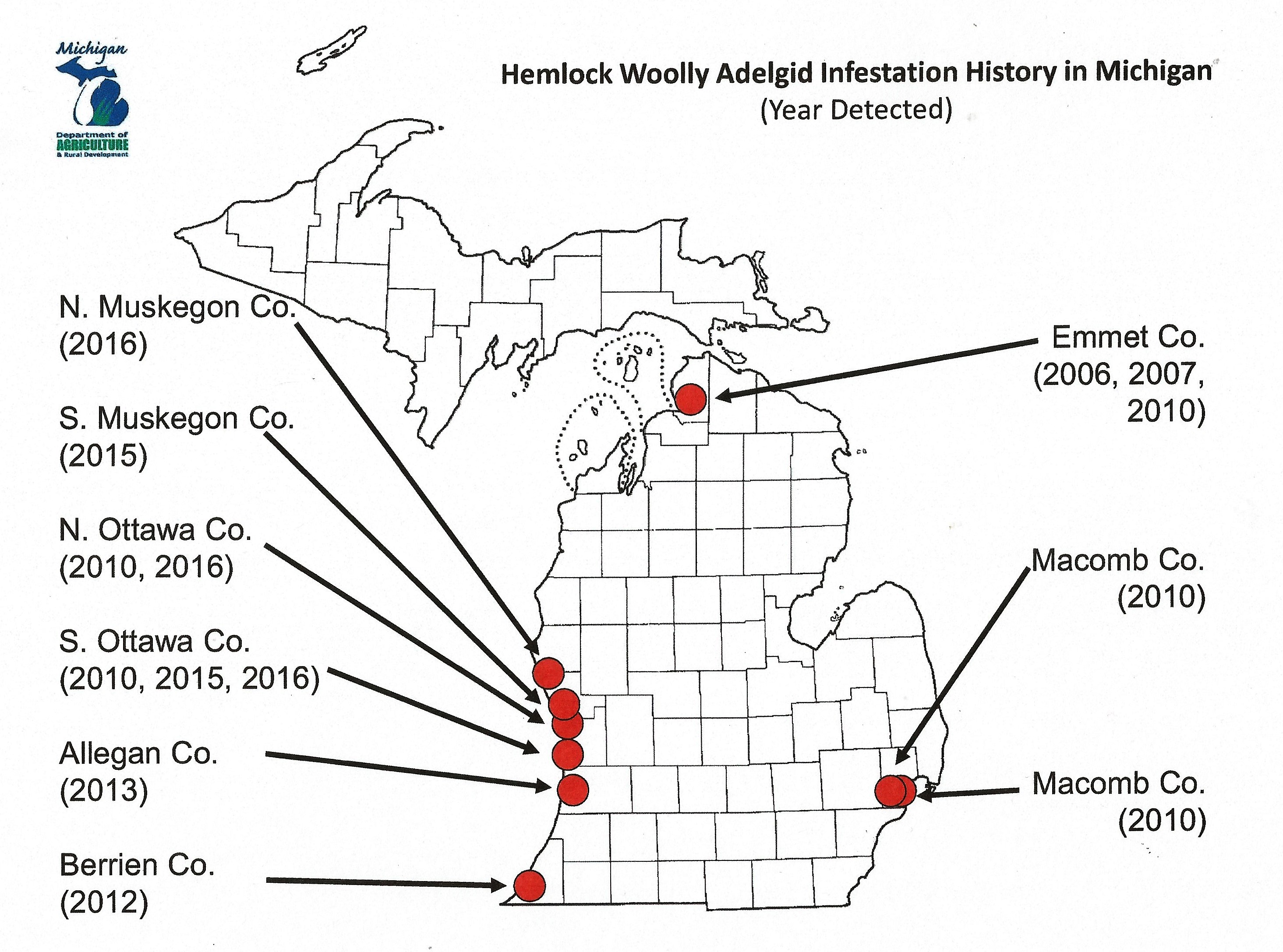
Although our forests are in grave danger, there is good news for the homeowner though - insecticides and cultural control is relatively inexpensive to control the infestation for homeowners. It is impossible to control a large infestation of a stand of trees or a forest of Hemlocks with insecticides because of the expense.
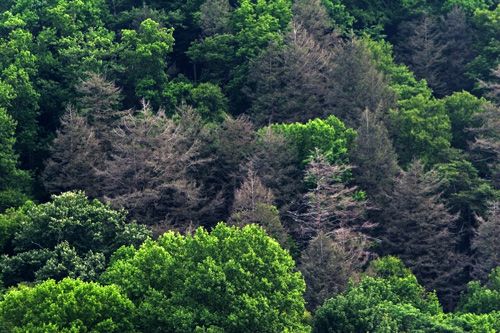
Systemic insecticides - imidacloprid or dinotefuran - active ingredients - can be used for control for a homeowner's hemlock tree. Many times this needs to be applied by a Certified Pesticide Applicator. Victorian Gardens has a Certified Pesticide Applicator. Treatment should be implemented in either the spring of fall. If you have noticed woolly or white, waxy, puffy, pill-like structures in between the needles of your hemlock, call Victorian Gardens immediately for treatment and so we can report a siting to the Michigan Extension Services, etc.
Woolly Adelgid Biology
The adelgid feeds with a needle-like stylet. They insert their stylet into the wood, thereby sucking the nutrients and moisture from the stem. Most of the year, the adelgid hides beneath its woolly, white covering. This woolly, white covering is actually a waxy filament that they distribute while they are feeding. All adelgids are female and there are two generations each year. Because of the two generations, the infestation on one tree can be rapid.
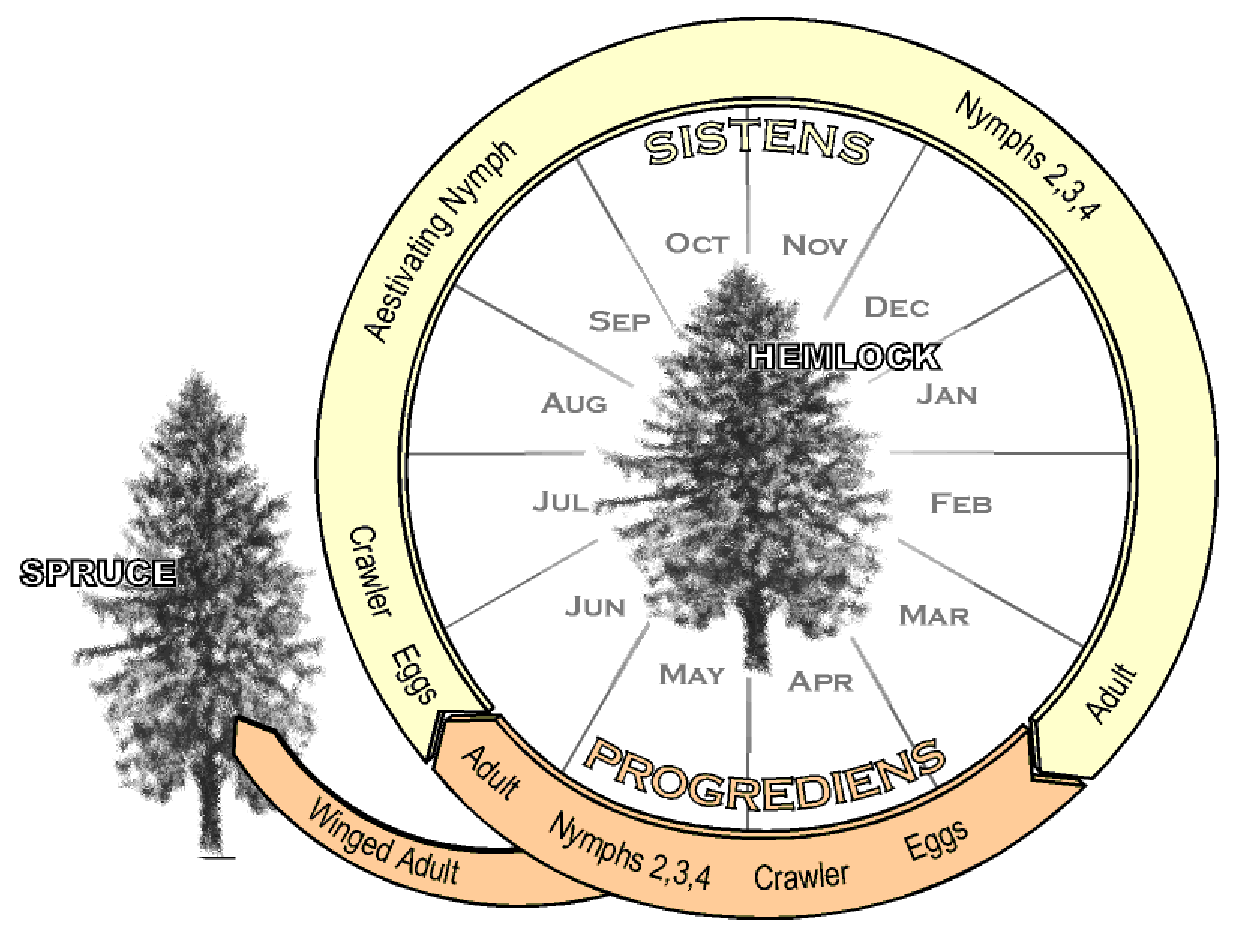
Spread of Infestation
The Hemlock Woolly Adelgid does not have any native or natural predators. The adelgids do not fly. However, they can be blown to other hosts by the wind, carried on bird feet, animal paws, and by clothing upon contact. Quarantines are one way to control the spread and controlled transport or planting of hemlocks from quarantined areas are another form of control. Before purchasing a new hemlock tree and planting, look for the Hemlock Woolly Adelgid and find out where the nursery purchased the tree.
Impact on the Hemlock Tree
In Michigan, all Hemlocks located in forests, landscapes, along streams and rivers are at risk for infestations. When infestation occurs, the needles and buds die, the canopy thins, and the foliage becomes a grayish-green color. Trees die after 4 to 10 years of infestation.
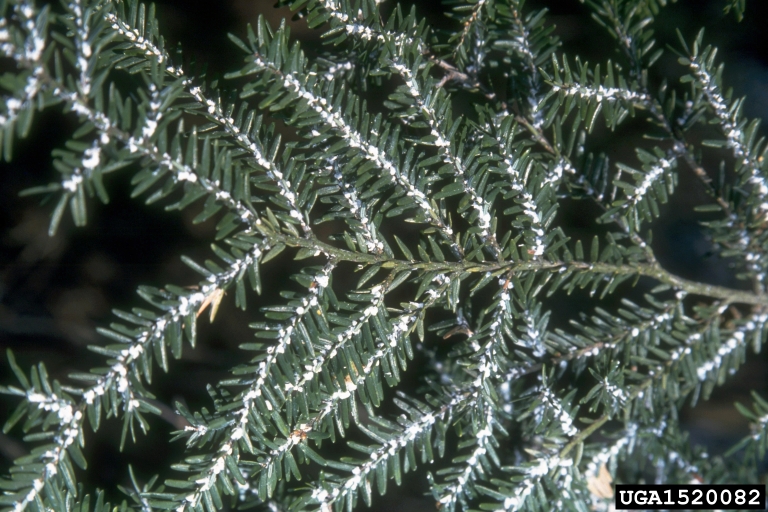
Pre-Infestation Care
As always, make sure your hemlock has adequate water, soil conditions are adequate for nutrient, water and element uptake by the roots, and trunk and foliage damage from lawn care equipment is controlled. Walk your yard or landscape once a week and take time to notice any issues that may be attacking any of your landscape plants, shrubs and trees.
Walking and observing your landscape once a week allows you to catch infestations of pests, diseases or fungi before serious damage affects your landscape. Upon noticing an abnormality on a plant, shrub or tree in your landscape contact Victorian Gardens to diagnose and get a control of the issue before it causes harm.
